It seems like eco-friendly yoga mats are everywhere these days. Search the web for workout equipment in general and you’ll find that almost every product is now labelled as ‘eco-friendly’. And with growing concern over climate change, it’s no surprise that more and more of us are considering the environment when we shop, so brands have adapted their products to cater for this rise in environmental awareness.
Don’t get us wrong – it’s wonderful that eco products have become more popular. But, sometimes, there’s a catch, as in many cases brands advertise their products as eco-friendly for their own gain, even if their products are made using materials and processes that are not actually sustainable. As such, it’s important to tell apart the honest, eco products from the ones sold by self-interested, greenwashing brands.

The grey yoga mat pictured above can be found by clicking here.
The eco-friendly yoga mat guide
If you are reading this it means you are already informed enough to consider switching to an eco-friendly yoga mat, so you’re concerned about diminishing your impact on the environment with each new purchase. So, you’re one of us! *hugs*
This guide is here to help you understand what makes a yoga mat truly eco-friendly and what to look for to make sure that the mat you invest in is ALSO non-slip, thick enough and good enough to help improve your practice. And, equally important, how to avoid buying from a brand that labels their products ‘eco’ just for marketing purposes and instead purchase from a company that is truly ethical and well-intentioned.

Sustainable yoga mats
The first way you can tell sustainable yoga mats apart from non-eco ones is to check what they are made of. If you shop for your mat online, this will be mentioned in the product description or even the product title. If you’re searching for mats in a physical store, all you need to do is look at the mat’s label to get this information.
Most mats are made of plastic materials like PVC or foam, as these are cheaper and easier to source. If you want to buy a yoga mat that is truly eco-friendly, it is important to filter through these. Often created using fossil fuels, plastics like these are causing a crisis in our oceans, building up in landfill, and releasing toxic chemicals that pollute the earth, even long after the item has been discarded.

Always choose a plastic-free yoga mat. The mat pictured above can be found by clicking here.
Regardless of what the label or description of the mat says, products made of such materials are not eco-friendly. These mats may be tempting because they come in bright colours and have beautiful patterns, are significantly thicker and way cheaper than the more natural, eco-friendly options. However, the materials they are made from are crafted using non-sustainable industrial processes and the mats themselves have short life-spans.
Also, an important note is that such plastic materials do not provide the right anti-slip grip you will find in rubber or cork yoga mats, so you’ll struggle to keep your balance while you practice on them. These mats’ texture will be spongy, foam-like and not dense enough, which means that they don’t give you the right padding for your joints unless they are quite thick (think 8mm+ in thickness). For more information on the ideal thickness of a yoga mat, we’ve made a guide that’s available here.
Instead, choose a mat made using sustainably sourced materials like natural rubber, cork, jute or cotton. Such mats do tend to be non-slip, durable and can give the right padding. Plus, these materials are recyclable and even biodegradable. Natural rubber especially provides the best grip, so if you’re on the lookout for a new mat, start narrowing down your searches with this in mind.

The eco-friendly checklist
To help you out, below is a complete checklist of what to look for when choosing an eco yoga mat.
Choose a mat that:
- Is made of sustainably sourced natural materials
- Seems dense, durable and sturdy so that you can use them for longer
- Ideally can be used on both sides so that you don’t need to invest in a new mat when one side loses its grip
- Is recyclable and even biodegradable
- Is vegan
- Is produced using sustainable processes – look for mentions of low-emissions, zero-waste/waste reducing processes. Such details will be mentioned in the product description so you don’t need to dig very deep to find them
- Ideally look for mats made without using any toxic dyes or industrial glue – you don’t want something that’s toxic touching your body on a regular basis and want to stay away from products that release toxins in the environment while being produced or after being discarded
Even more, make sure that the mat’s packaging does not contain any plastics or, if it does, the whole packaging is recyclable.
It is also ideal for your purchase to support a brand that gives back to the environment by donating to organisations that help preserve nature or by running its own carbon offset/tree planting programs. Such details will also be clearly spelt out in the product description. If there’s no mention of this whatsoever, it simply means that the brand you are considering buying from is not engaged in such practices.
If in doubt, don’t hesitate to reach out to the seller to ask for more information on what makes their mats eco-friendly. If they reply to you quickly and provide a lot of details, this will also be indicative of their level of customer care, which is useful in telling apart the ethical brands from non-ethical ones as well as come in handy if you’ll ever need to ask any after-purchase questions or need more customer support.

Recycle Your Yoga Mat
Buying an eco yoga mat is just one half of the equation, but how do you recycle your yoga mat after it’s been used? If it is in good shape, you might consider passing it on to someone else. Some community centres or homeless shelters accept donations of used yoga mats, or you might give or donate it to a charity shop to raise money for a good cause.
But if it has come to the end of its useful life, you will need to find another option.
Ideally, your old mat will be recycled to become something new and useful. This is easiest with yoga mats that are made of natural rubber – we recommend you contact your local recycling centre to check what your options are. If not, you might be able to send it to TerraCycle, a company whose mission is to recycle hard-to-recycle materials.
Lastly, once you replace your old mat with a new one, it’s important to make sure that the replacement mat is either recyclable or biodegradable, so you don’t have the same issue again in the future.

Finding the Sweet Spot: A Yoga Mat that is Eco-Friendly and Good for Your Practice
There’s a saying that the most sustainable option is the thing you already own.
While it won’t be possible to stop buying entirely, you should make your purchases of yoga mats (and not only!) with this in mind. When you are looking for a sustainable mat, you should consider getting one that is so good and durable that will benefit your practice in the long run.

As yoga and fitness enthusiasts, we want to choose eco yoga and fitness mats that are as good for the environment as they are for our practice. It can well happen that a mat is truly eco-friendly, made from sustainably sourced materials and using eco-friendly processes, but otherwise lacks the qualities of a good mat. In other words, you may find yourself investing in the most eco-friendly workout mat available, but find yourself slipping on it, struggling to roll and unroll it or getting joint pain if it’s not thick enough.
Our guide to choosing a yoga mat can give you more tips on how to find one that is both eco-friendly and gives you the features you need to take your yoga practice to the next level. Otherwise, as a general rule, it’s important to pay attention to other product specs like the mat being non-slip, having a thickness of ideally 4mm, being easy to carry to and from the studio and having multiple reviews of 4.5 stars or more that show if the other customers were pleased with its quality after purchasing it.





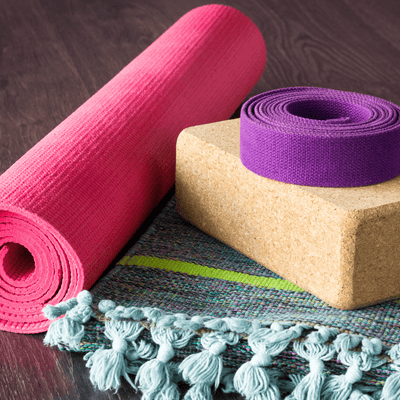
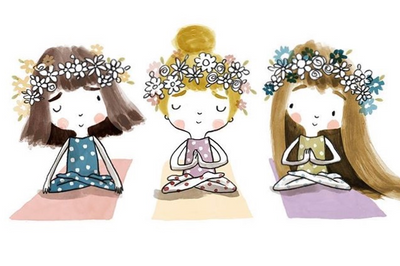
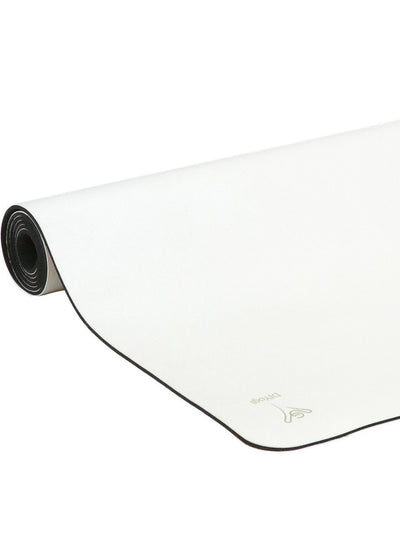
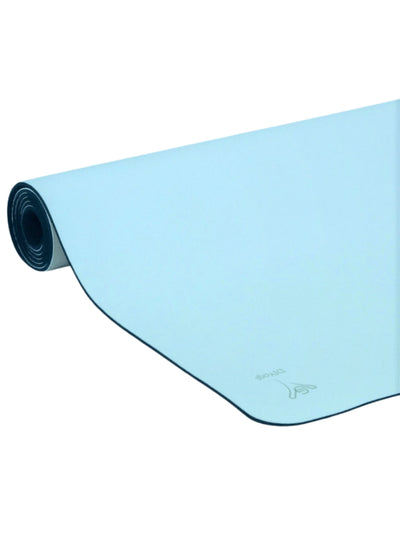
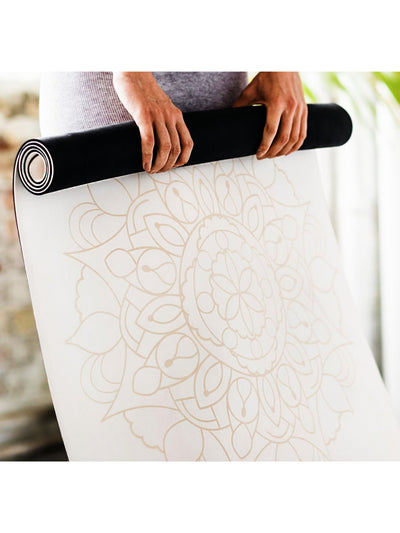
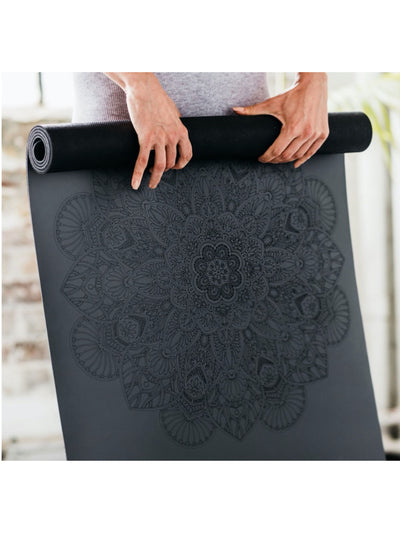
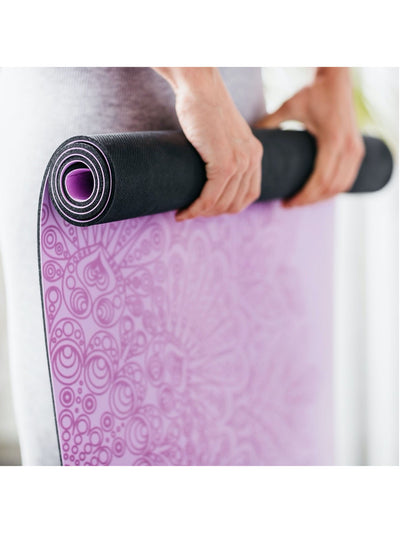
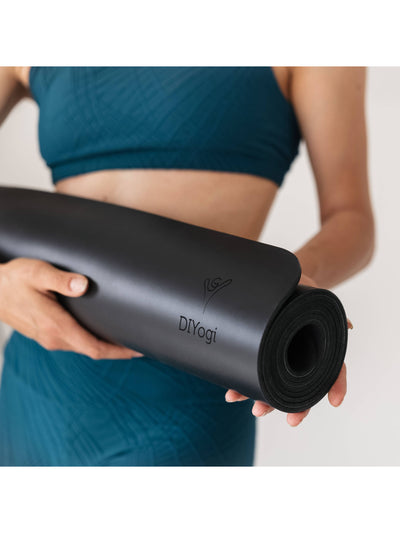
Leave a comment